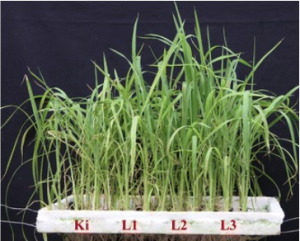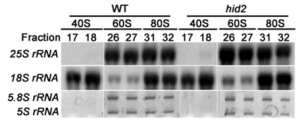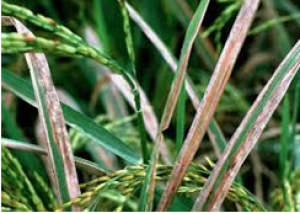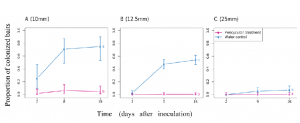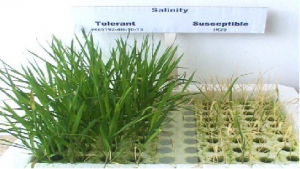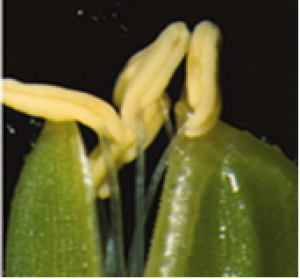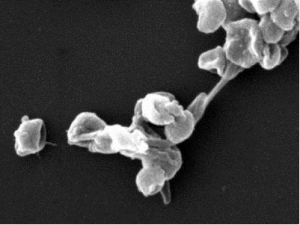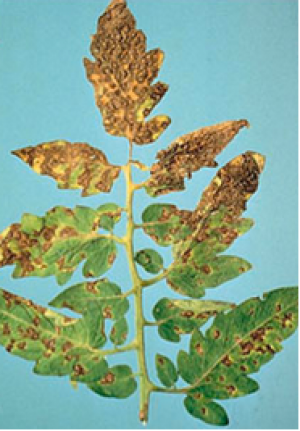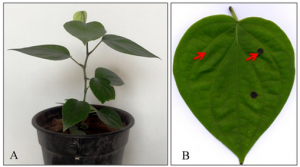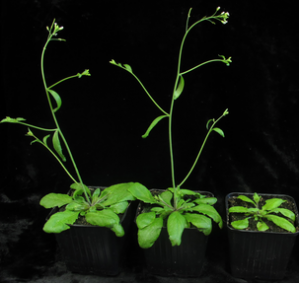|
A species` response to spatial climatic variation does not predict its response to climate change
Sunday, 2024/01/07 | 07:20:51
|
|
Daniel L. Perret , Margaret E. K. Evans, and Dov F. Sax PNAS December 18, 2023; 121 (1) e2304404120 SignificanceMost predictions of how species will respond to climate change assume that performance variation across spatial climatic gradients predicts how individuals and populations will respond to climate change through time. Here, we use a new network of tree-ring growth time series collected from across the distribution of ponderosa pine to demonstrate that this assumption is false and produces severely misleading predictions. AbstractThe dominant paradigm for assessing ecological responses to climate change assumes that future states of individuals and populations can be predicted by current, species-wide performance variation across spatial climatic gradients. However, if the fates of ecological systems are better predicted by past responses to in situ climatic variation through time, this current analytical paradigm may be severely misleading. Empirically testing whether spatial or temporal climate responses better predict how species respond to climate change has been elusive, largely due to restrictive data requirements. Here, we leverage a newly collected network of ponderosa pine tree-ring time series to test whether statistically inferred responses to spatial versus temporal climatic variation better predict how trees have responded to recent climate change. When compared to observed tree growth responses to climate change since 1980, predictions derived from spatial climatic variation were wrong in both magnitude and direction. This was not the case for predictions derived from climatic variation through time, which were able to replicate observed responses well. Future climate scenarios through the end of the 21st century exacerbated these disparities. These results suggest that the currently dominant paradigm of forecasting the ecological impacts of climate change based on spatial climatic variation may be severely misleading over decadal to centennial timescales.
See https://www.pnas.org/doi/10.1073/pnas.2304404120
Figure 1: Contrasting responses to spatial versus temporal climatic variation result in dramatically different predictions of future growth. (A) Three scenarios of how species-wide responses to spatial climatic variation (blue line, gray dashed lines) could differ from responses of populations to interannual climatic variation (red lines): (i) matching responses, in which species-wide and population-level responses are identical; (ii) mismatched slopes, in which responses differ in their strength, but match in sign; and (iii) mismatched signs, in which species-wide and population-level responses are directionally opposed. When climate changes from t1 to t2, each scenario yields different predicted growth responses. (B) Observed climate-growth relationships across 23 ponderosa pine (P. ponderosa s.l.) populations. Black points indicate long-term mean climate and growth (BAI, mm2) for each study site; blue lines are locally-weighted regressions illustrating the species-wide spatial climate-growth relationship. Each red line indicates the linear relationship between interannual climatic variation and growth within a single population. (C) Study sites were distributed across the geographic and climatic distribution of ponderosa pine, spanning gradients in mean growth rate (size of circle) and average climatic conditions, indicated inside each circle (see axis legends, panel B). |
|
|
|
[ Other News ]___________________________________________________
|


 Curently online :
Curently online :
 Total visitors :
Total visitors :
(267).png)
